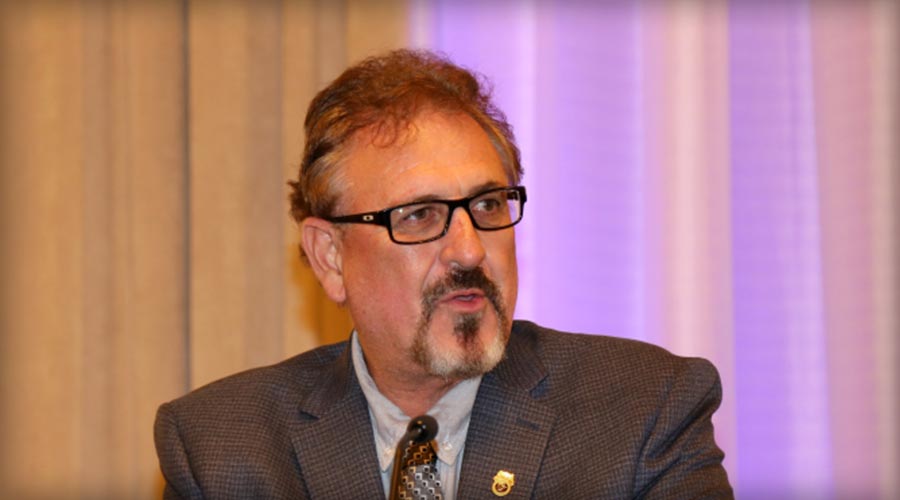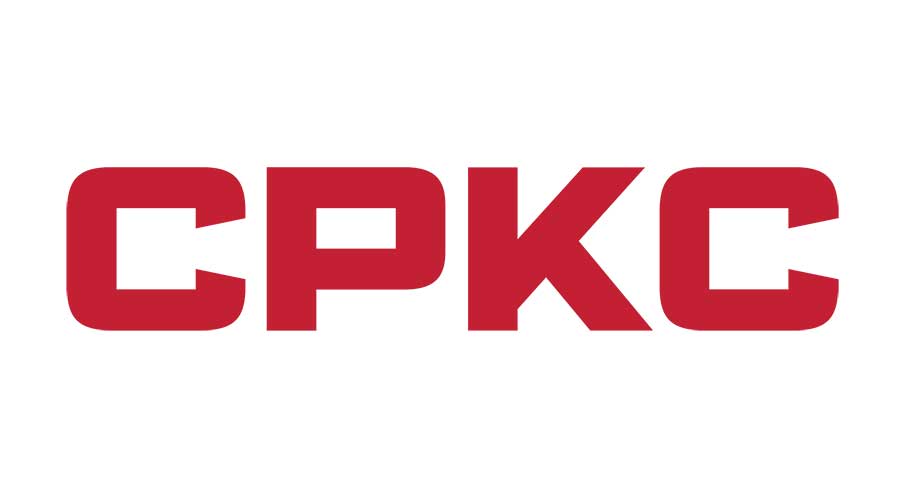Newsletter Sign Up
Stay updated on news, articles and information for the rail industry
Stay updated on news, articles and information for the rail industry
RAIL EMPLOYMENT & NOTICES
Rail News Home
Passenger Rail
Rail News: Passenger Rail
10/12/2010
Rail News: Passenger Rail
Obama Administration reiterates the need for additional transportation infrastructure investment
advertisement
Yesterday, the U.S. Department of the Treasury and Council of Economic Advisers released an analysis of the economic benefits of transportation infrastructure investment.
Among the findings:
• Now is an optimal time to increase transportation infrastructure investment because it would generate jobs for workers that were displaced because of the housing bubble.
• Construction costs are currently low because of underutilized resources.
• Americans support increasing infrastructure investment, as evidenced by consistent support for local investments on ballot initiatives.
• Establishing a National Infrastructure Bank would create conditions for greater private sector co-investment in infrastructure projects and support projects that yield the greatest returns on investment.
• Any increase in investment should be coupled with broad-based reform to select infrastructure projects more wisely.
Following the report’s release, President Obama met with a bipartisan group of former secretaries of transportations, mayors and governors who support infrastructure investment. He reiterated his plan to spend $50 billion on infrastructure improvements — including rebuilding and maintaining 4,000 miles of railways, 150,000 miles of roads and 150 miles of runways — as an upfront investment connected to a six-year surface transportation authorization bill.
“The plan will be fully paid for. We are going to work with Congress to see to that. It will establish an infrastructure bank to leverage federal dollars and focus on the smartest investments. We want to cut waste and bureaucracy by consolidating and collapsing more than 100 different, often duplicative programs,” President Obama said during the meeting, according to a White House blog. “And it will change the way Washington works by reforming the federal government’s patchwork approach of funding and maintaining our infrastructure. We’ve got to focus less on wasteful earmarks, outdated formulas. We’ve got to focus more on competition and innovation.”
Several organizations have voiced support for the infrastructure plan and praised the report’s findings, including Building America’s Future, a coalition that advocates for infrastructure investment and reform.
“The findings reiterate what Building America’s Future has been advocating for 18 months: Our nation’s infrastructure has been neglected for far too long, smart investment can yield job creation and long-term economic growth, and the public and business community want our government to act,” said Pennsylvania Gov. Ed Rendell, who co-chairs the coalition, in a prepared statement.
In the wake of the report’s release and President Obama’s remarks, the Transportation Trades Department of the AFL-CIO called on Congress to approve a new surface transportation bill.
“Members of Congress now have a chance to join the President and work on a bipartisan plan to rebuild our transportation system and create good jobs,” said TTD President Edward Wytkind.” Partisan squabbling and obstructionist tactics have no place in this debate and must be put aside.”
That might be easier said than done. Shortly after the report’s release, Rep. John Mica (R-Fla.), Republican leader of the House Transportation and Infrastructure Committee, issued a statement strongly opposing the infrastructure investment plan.
“Unfortunately, this last-minute report is a pitiful and tardy political excuse for the Administration having killed last year any chance for a long-term transportation measure,” he said. “Even more astounding is their regurgitation and attempted justification of a $50 billion spending proposal while more than 60 percent of the stimulus infrastructure dollars remain unspent.”
Among the findings:
• Now is an optimal time to increase transportation infrastructure investment because it would generate jobs for workers that were displaced because of the housing bubble.
• Construction costs are currently low because of underutilized resources.
• Americans support increasing infrastructure investment, as evidenced by consistent support for local investments on ballot initiatives.
• Establishing a National Infrastructure Bank would create conditions for greater private sector co-investment in infrastructure projects and support projects that yield the greatest returns on investment.
• Any increase in investment should be coupled with broad-based reform to select infrastructure projects more wisely.
Following the report’s release, President Obama met with a bipartisan group of former secretaries of transportations, mayors and governors who support infrastructure investment. He reiterated his plan to spend $50 billion on infrastructure improvements — including rebuilding and maintaining 4,000 miles of railways, 150,000 miles of roads and 150 miles of runways — as an upfront investment connected to a six-year surface transportation authorization bill.
“The plan will be fully paid for. We are going to work with Congress to see to that. It will establish an infrastructure bank to leverage federal dollars and focus on the smartest investments. We want to cut waste and bureaucracy by consolidating and collapsing more than 100 different, often duplicative programs,” President Obama said during the meeting, according to a White House blog. “And it will change the way Washington works by reforming the federal government’s patchwork approach of funding and maintaining our infrastructure. We’ve got to focus less on wasteful earmarks, outdated formulas. We’ve got to focus more on competition and innovation.”
Several organizations have voiced support for the infrastructure plan and praised the report’s findings, including Building America’s Future, a coalition that advocates for infrastructure investment and reform.
“The findings reiterate what Building America’s Future has been advocating for 18 months: Our nation’s infrastructure has been neglected for far too long, smart investment can yield job creation and long-term economic growth, and the public and business community want our government to act,” said Pennsylvania Gov. Ed Rendell, who co-chairs the coalition, in a prepared statement.
In the wake of the report’s release and President Obama’s remarks, the Transportation Trades Department of the AFL-CIO called on Congress to approve a new surface transportation bill.
“Members of Congress now have a chance to join the President and work on a bipartisan plan to rebuild our transportation system and create good jobs,” said TTD President Edward Wytkind.” Partisan squabbling and obstructionist tactics have no place in this debate and must be put aside.”
That might be easier said than done. Shortly after the report’s release, Rep. John Mica (R-Fla.), Republican leader of the House Transportation and Infrastructure Committee, issued a statement strongly opposing the infrastructure investment plan.
“Unfortunately, this last-minute report is a pitiful and tardy political excuse for the Administration having killed last year any chance for a long-term transportation measure,” he said. “Even more astounding is their regurgitation and attempted justification of a $50 billion spending proposal while more than 60 percent of the stimulus infrastructure dollars remain unspent.”


 2025 MOW Spending Report: Passenger-rail programs
2025 MOW Spending Report: Passenger-rail programs
 Gardner steps down as Amtrak CEO
Gardner steps down as Amtrak CEO
 Guest comment: Oliver Wyman’s David Hunt
Guest comment: Oliver Wyman’s David Hunt
 Women of Influence in Rail eBook
Women of Influence in Rail eBook
 railPrime
railPrime







